Much like your sartorial preferences, the style of your personal living space reveals a lot about you. However, trying to pin down an interior look that you love and can continue to do so even after decades down the road can be daunting – especially when new trends and evolving themes beckon at every corner. Help is here; home in on that one style that speaks to you with these starting points.
Find an anchor colour
Be it an emotion or an expression, colours possess a wonderful ability to communicate without words. When swathed in a statement hue, a single accent wall immediately seeks attention in a room; while a shade of sophisticated blush redefines the neutral backdrop. But when choosing the hues for your home, do not be limited by paint swatches alone. You can also fill your room with colours by means of accessories and furniture pieces.
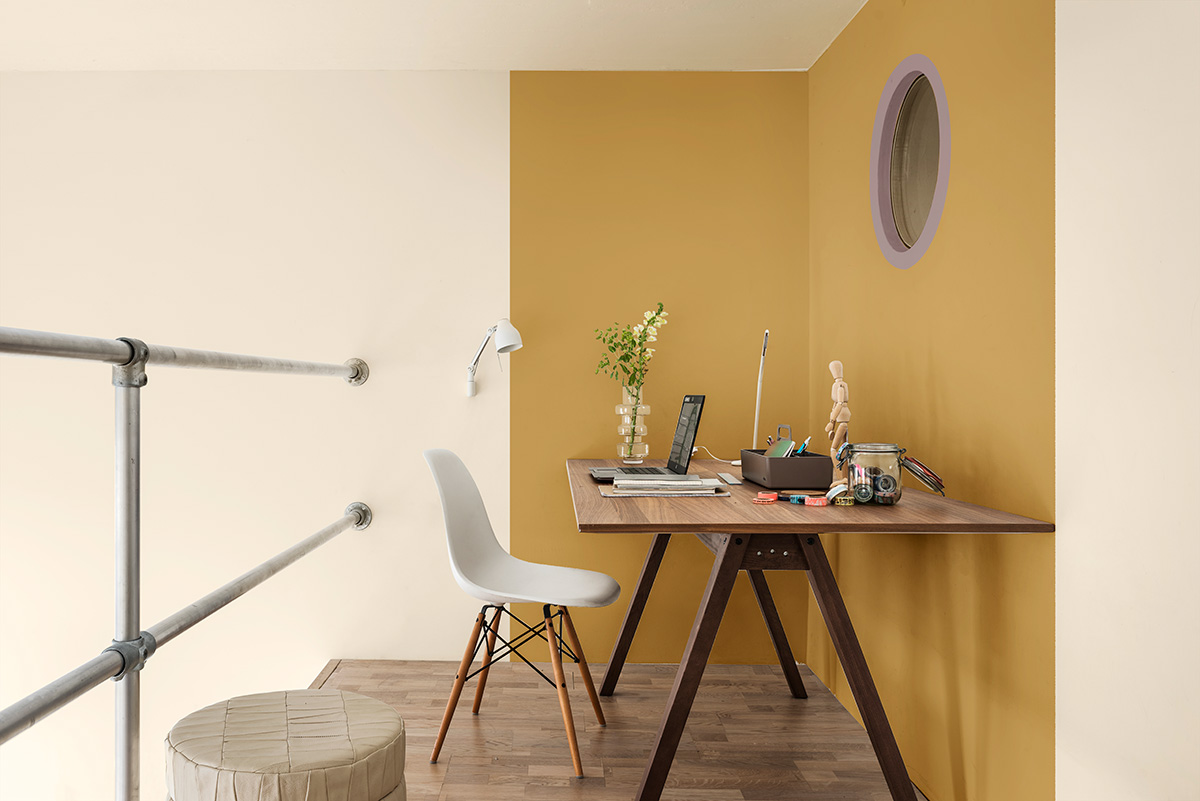
Image credit: Dulux
Find some complementary hues
Certain colourways are commonly – but not necessarily – associated to a specific theme. A palette comprising milky whites, misty blues and soft greys brings to mind a Scandinavian interior, whilst duskier shades of greys and even blacks may suggest an Industrial setting. Ultimately, the palette that you cherry-pick for your home depends on your preference, as well as the effect, impact or atmosphere you wish to create in your personal living space.
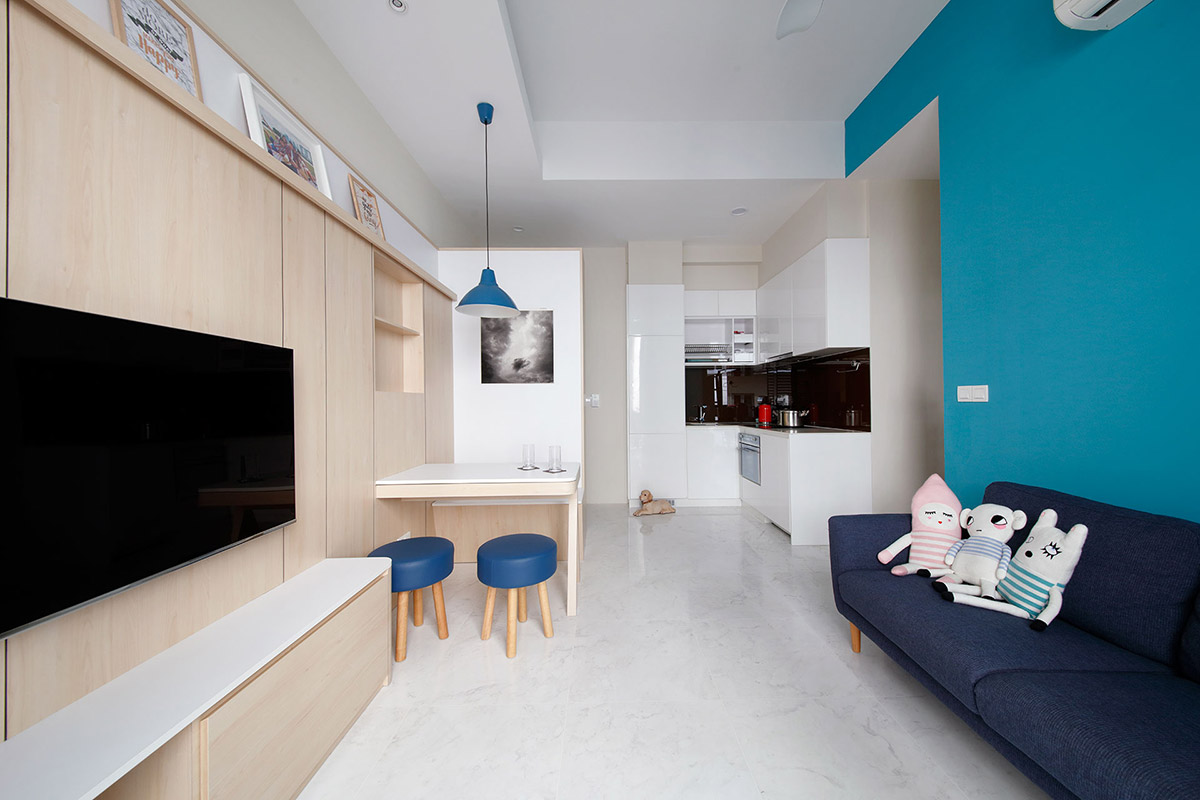
Image credit: Free Space Intent
Design with purpose
The best interiors work because they’re as practical as they are visually pleasing. According to Koh Kay Wee, Director of DB Studio, stylish interiors may be nice to look at in photos but they’re not the easiest to maintain. “We’d usually recommend homeowners to go for designs that are easier to maintain but won’t look dated fast,” he advises. “For example, instead of going for wallpaper, a swipe of paint can add character to a room without much upkeep.
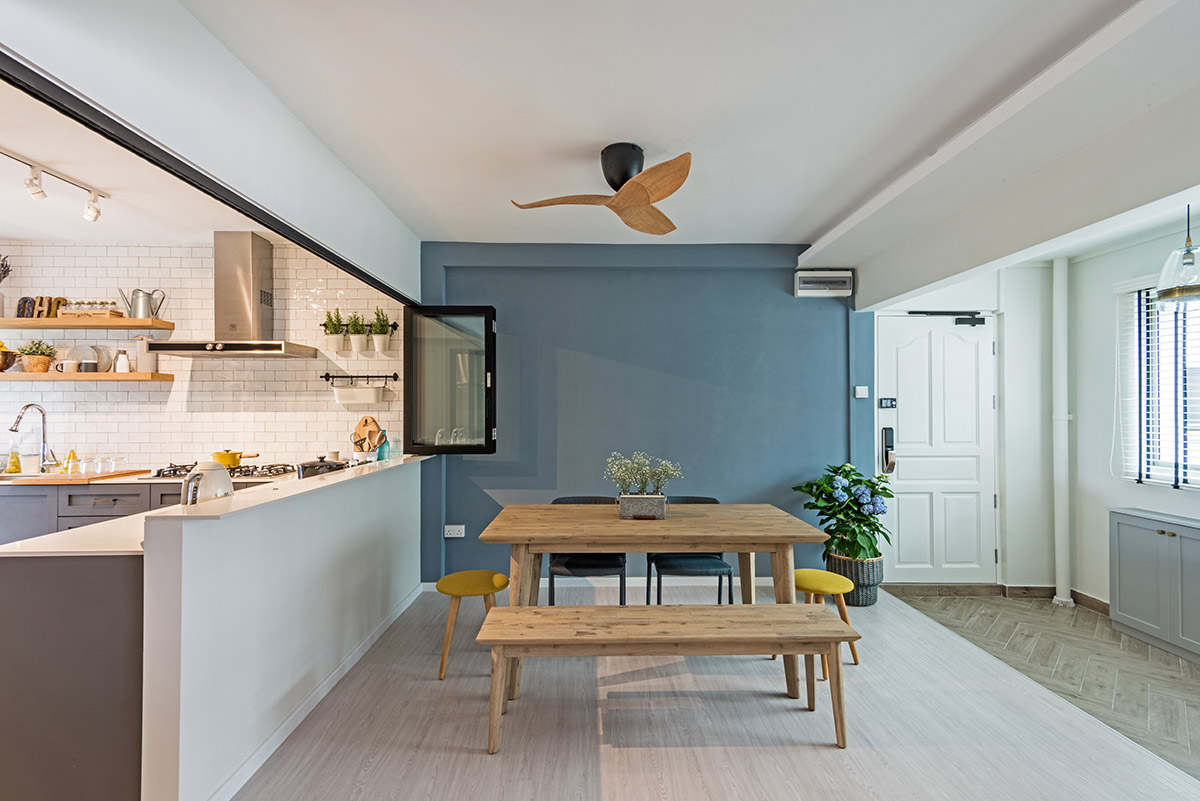
Image credit: DB Studio
Think beyond trends
If you are unsure about which style suits you best, the key is to choose timeless over trending. You may trawl the latest trends for the looks that you love; but you should plan your space with a purpose and design it with functionality and practicality in mind to achieve a design that transcends the test of time.
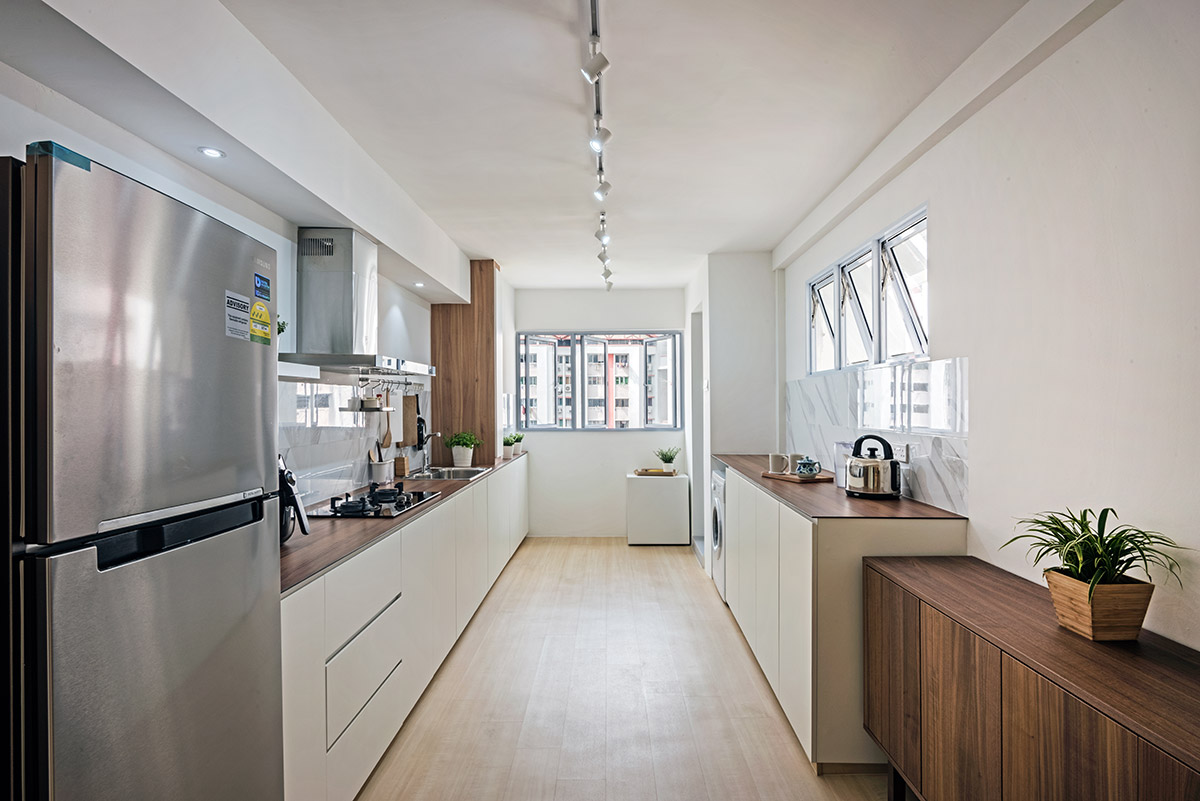
Image credit: DB Studio
Figure out your needs and requirements
Your way of life determines your interior style. Those big on entertaining and gatherings might be more predisposed to open-plan living; busy urban dwellers can seek solace in a sanctuary of calm; while families with children would feel at ease in a haven built with their little ones in mind. When a living space is designed to serve the everyday needs and creature habits of its inhabitants, it becomes a place of function. And this makes a house feel like home.
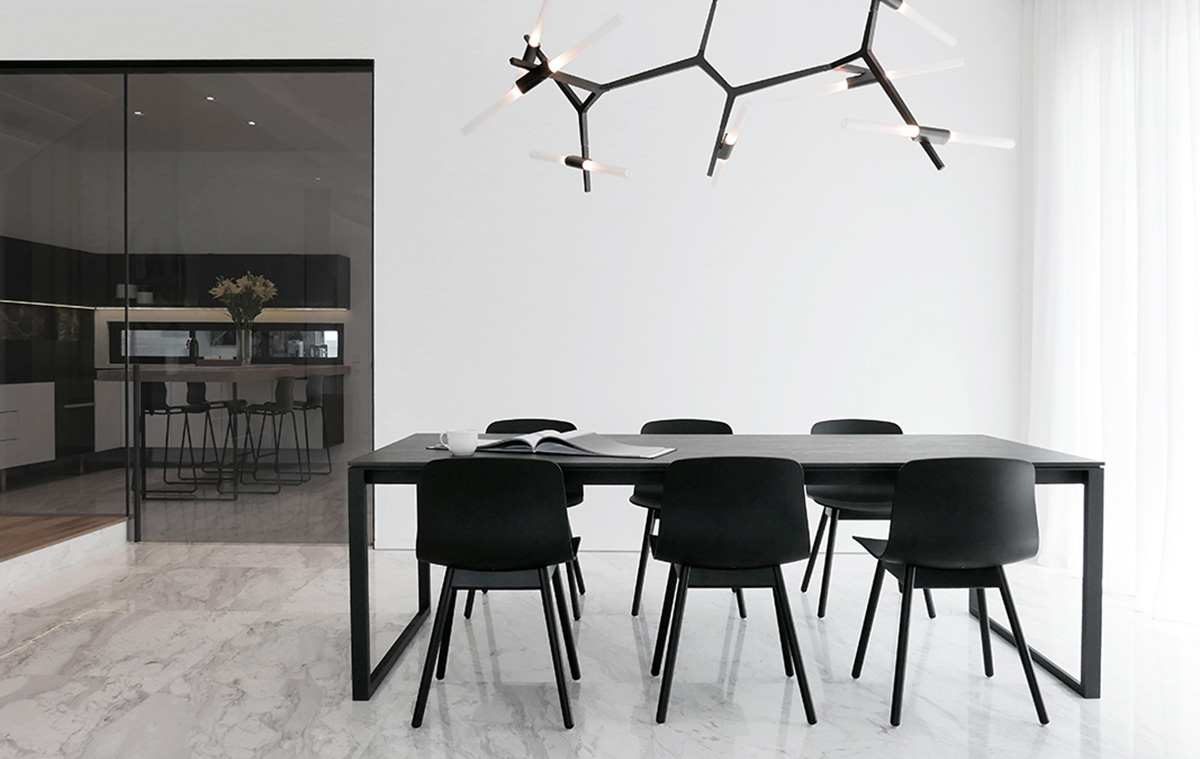
Image credit: 0932 Design Consultants
What’s your personal style?
A home should represent the character or lifestyle of its owners. Advises Leon Luo, associate director at Free Space Intent, “Some owners worry about not finding the right style and get confused over jargons or words like minimalist and industrial. If you have no strong preference for a particular design, it’s perfectly fine to decide on one that works for you and complements your lifestyle needs. You can rope in the expertise and help of a design expert to incorporate or refine details during the design development phase.”
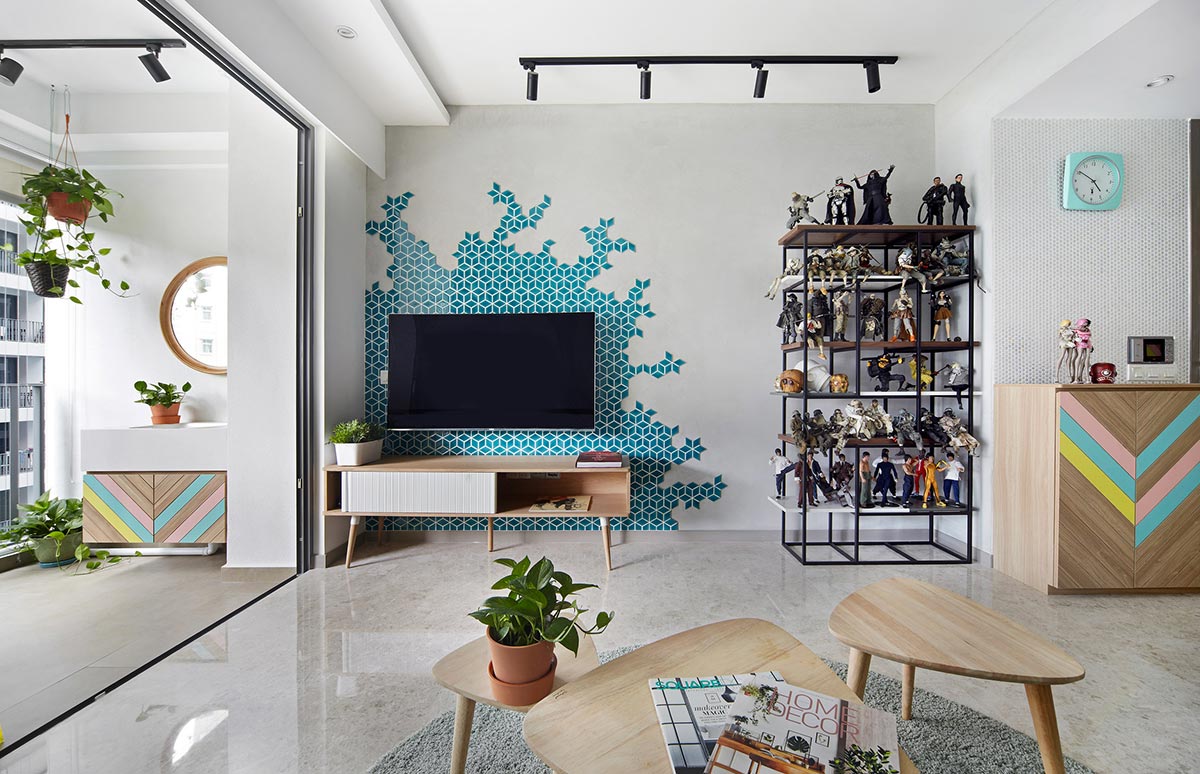
Image credit: Free Space Intent
Scale it right
A room looks put-together when all the pieces within work harmoniously as one. Scale – which is the size of an object in relation to the space it’s in – plays a part. Take for instance, cottage inspired furniture or ornamented French style designs. When placed in space-constrained rooms, they might appear too overwhelming and feel stifling. Dwellers of tiny homes should instead take reference from Danish or Japanese design influences. Because every inch of floor area is precious in petite pads, think pared-down, minimal and simple. Versatile double-duty furniture pieces also do more without taking up much space.
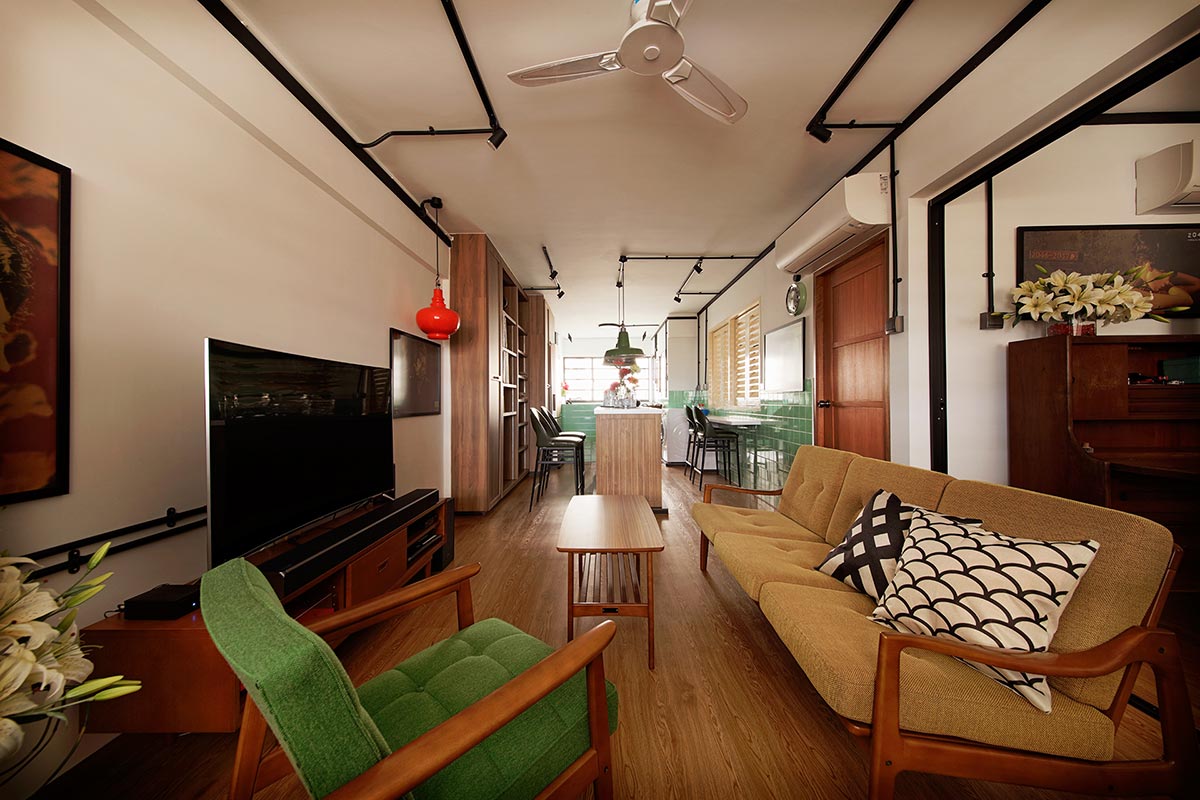
Image credit: Free Space Intent
Try it on for size
Small-scale furniture simply looks out of place in spacious domiciles. With more square footage to play with, larger abodes can handle bolder styles. Try these on for size: a sleek and sexy all-black interior; a forest home inspired by the Jungalow style; or the dramatic industrial look.
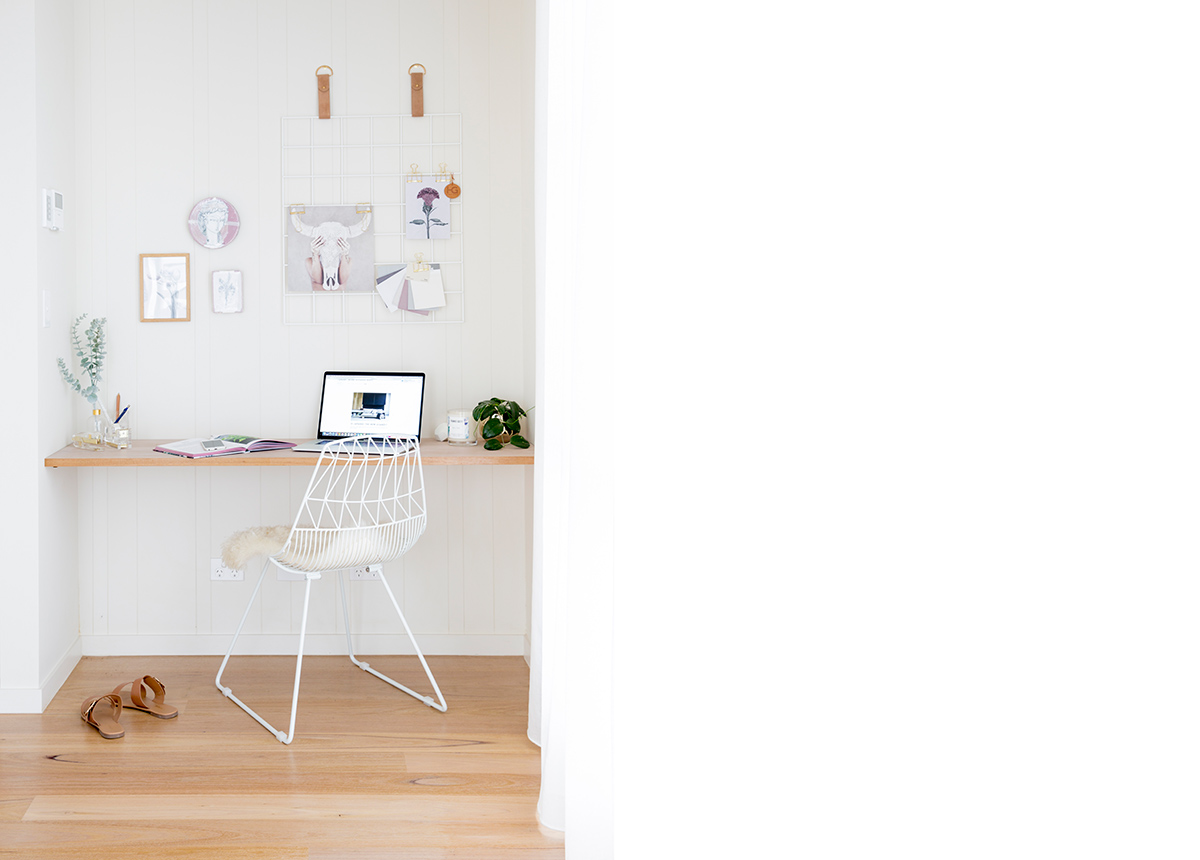
Image credit: H and G Designs
This was adapted from an article originally written by Fidz Azmin published in the April 2018 issue of SquareRooms



